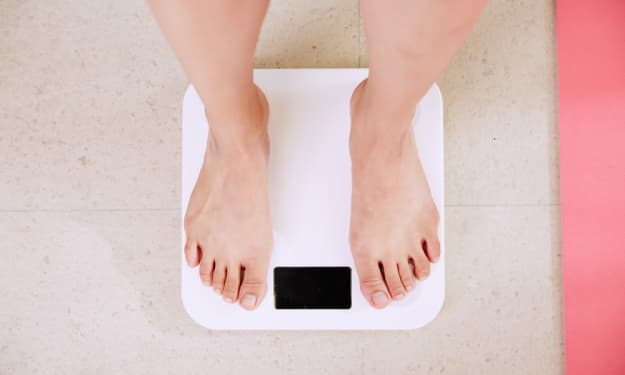What Thickness Plywood Do I Need?
Get valuable insights on what thickness plywood you need and how it relates to your specific project in Tasmania.

Plywood in Tasmania is a versatile and widely used building material, but choosing the right thickness for your project can be daunting. The thickness of plywood plays a critical role in ensuring the structural integrity and functionality of your project. Whether you're planning to build furniture and cabinets, or tackle larger construction projects, understanding the importance of plywood thickness is key.
Get valuable insights on what thickness plywood you need and how it relates to your specific project in Tasmania.
Understanding Plywood Thickness
Plywood comes in various thicknesses, and the choice of thickness depends on the project's requirements, location, and design. In Tasmania, where weather conditions can be quite variable, the choice of plywood thickness is particularly important. Start by understanding plywood thickness, typically measured in millimetres (mm) or inches (in).
- 3mm (1/8 inch): This is the thinnest plywood available and is used for applications with essential weight and flexibility. It's suitable for curved surfaces, small craft projects, and as a backing material for veneer.
- 6mm (1/4 inch): This thickness is ideal for lightweight and flexible applications such as cabinet backs, drawer bottoms, and wall panelling.
- 9mm (3/8 inch): Slightly thicker, this plywood is commonly used for furniture construction, interior wall sheathing, and subflooring in residential construction.
- 12mm (1/2 inch): A versatile thickness suitable for a wide range of projects, including kitchen cabinets, bookshelves, and outdoor furniture.
- 15mm (5/8 inch): This thickness is often used for heavier furniture, countertops, and partitions.
- 18mm (3/4 inch): The most common thickness for plywood, it's appropriate for structural use in furniture, cabinetry, and general construction.
- 25mm (1 inch) and thicker: Reserved for heavy-duty structural applications such as beams and subfloors.
Factors Affecting Your Plywood Thickness Choice
Now that you have a basic understanding of the available plywood thickness options delve into the factors that should influence your choice:
Project Type: Consider the type of project you're working on. For smaller, more delicate projects, thinner plywood is appropriate. Thicker plywood is required for larger and more demanding applications.
Location in Tasmania: Tasmania's climate varies from coastal areas to highlands. The weather can be wet and cold, so the plywood you choose should be able to withstand these conditions. Thicker plywood is generally better suited to handle Tasmania's climate, providing greater stability and durability.
Load-Bearing Capacity: If your project will bear significant weight, such as shelving, countertops, or subflooring, opt for thicker plywood.
Cost Considerations: Thicker plywood is generally more expensive than thinner alternatives. Therefore, consider your budget and the trade-off between cost and performance.
Aesthetics: For projects where the appearance of the plywood surface matters, such as exposed shelving or cabinetry, choose a thickness that aligns with your design preferences.
Ease of Handling: Keep in mind that thicker plywood is heavier and can be more challenging to work with. Therefore, ensure you have the necessary tools and assistance for handling and cutting thicker sheets.
Practical Applications in Tasmania
To make things more relatable, look at a few practical applications of plywood thickness in Tasmania:
Marine Plywood for Boat Building: Tasmania's abundant water bodies make it a hub for boating and marine activities. For boat building in Tasmania, marine plywood is a popular choice. It's typically around 6mm to 18mm thick, depending on the boat's size and intended use. Thicker plywood is preferred for larger vessels to withstand the often turbulent Tasmanian waters.
Furniture for Tasmanian Homes: When crafting furniture for your Tasmanian home, the choice of plywood thickness plays a crucial role. Kitchen cabinets might require 12mm to 18mm plywood for stability, while a sleek coffee table might do well with a thinner 6mm or 9mm sheet.
Outdoor Structures: In Tasmania, where the weather can be unpredictable, outdoor structures like garden sheds and decks need to be robust. For such projects, opt for 18mm or thicker plywood to ensure longevity and stability in changing weather conditions.
Conclusion
Choosing the right plywood thickness for your project in Tasmania is crucial, as it directly affects your project's performance, lifespan, and appearance. Whether you're working on a DIY project at home or involved in larger construction endeavours in Tasmania, understanding plywood thickness is the first step towards a successful outcome.
Take the time to evaluate your project's specific needs, and don't hesitate to seek advice from local experts in Tasmania who can provide insights tailored to the region's conditions. With the right plywood thickness, you can ensure your project stands the test of time in this beautiful part of the world.





Comments (1)
very informative use some keywords in your article like i do to get more reach